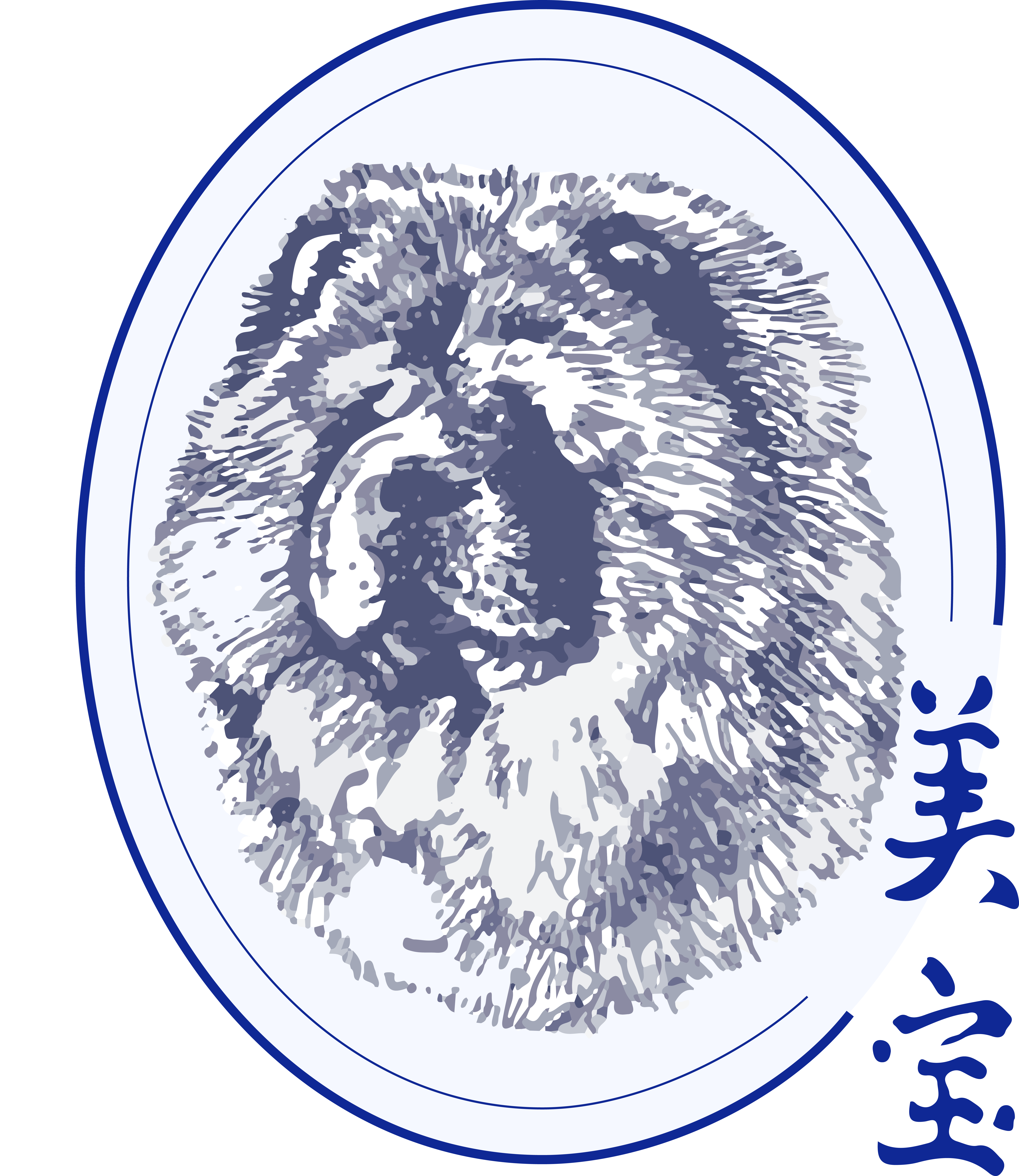25 Oct Type & Functionality
Since the standard of the Chow Chow has been modified several times and is not identical worldwide even today, it is obvious there are no absolutes. So far, a perfect specimen has never been agreed upon, and if it ever comes along its only major fault will be that neither you nor I own it. This column is therefore not intended to suggest what is right and wrong, but hopefully to facilitate the preservation and development of the Chow through intelligent discussion of type and functionality. As breeders, exhibitors or simply fanciers, we have a responsibility to the breed we have chosen to perpetuate.
It appears many of us easily lend ourselves to questioning the ability, objectives and perhaps even the mental stability of our judges, especially when decisions do not favor our entry. More often than not, such opinions are greatly influenced by tunnel vision, kennel blindness or ego. The vast majority of our judges are not Chow experts, but really try to evaluate our breed objectively, guided by the standard but also by the entries the fancy presents as close approximations of perfect specimens. The standard is only a part of their appreciation of our breed; the rest is based on their perception of what the fancy wants by observing what is most frequently presented in the ring.
Therefore, what is successful in the ring today may become the accepted interpretation of the standard in the immediate future. The ensuing overemphasis on characteristics deemed desirable at one particular time has historically tended to lead to gross exaggeration of type and functionality. We have seen a period of plain heads and exceedingly long, soft and silky coats, followed by a period with great numbers of exaggerated, wrinkly heads, followed by small dogs with short, stubby legs, ski sloping toplines and disproportionately large, overdone heads.
We also saw a meteoric rise in numbers, with a concurrent proliferation of open pedigrees. The wisdom seemed to be that large numbers by themselves would ensure the chance of obtaining a few good specimens, while continued outcrossing would achieve such a mix-up of the hereditary makeup of individuals that the occurrence of polygenic defects, such as hip dysplasia, would effectively be eliminated However, both rationales are a sure recipe for the decline of a breed. This subject will be further discussed in a future column.
Fortunately, the popularity of our breed is currently declining, so hopefully through a more enlightened approach we can reverse the damage that has resulted from this period of increasing popularity. In order to do this successfully, we have to go back to basics and focus on type and functionality.
Type, as defined in the May column, is most evident in the dogs that prove to be best suited to perform the particular functions for which they were originally intended. Note the word “functions,” which indicates that correct structure, mental and physical soundness, condition and sufficient intelligence to successfully complete their tasks are of prime importance
Beauty became a factor in assessing a dog only after the useful role of the species had become obsolete And even though beauty has become increasingly important, disregard of type will lead to the ultimate loss of the breed.
Alterations to breed type can only be justified to secure its preservation within the constraints of today’s society. For instance, the original Chows were far from friendly, which was a requirement for their role as guardians in a hostile environment. It was part of the correct type.
This may have been quite acceptable for the desolate areas where they came from, but totally unacceptable in a suburban environment where 95 percent of our Chows end up as pets. As breeders, it is our responsibility to root out any sign of unprovoked aggression or threatening behavior toward people. Such aggression is sometimes the result of nervousness, shyness or cowardice, but generally reflects mental instability. This has been demonstrated to be an inherited defect, and a responsible breeder has no business perpetuating the problem by claiming it to be an acquired behavior, breeding with such an individual or getting rid of the dog by foisting it on an unsuspecting person. A serious breeder has to accept that culling is an integral part of sound and responsible breeding practices.
To recognize this defect, the eyes will have it. Rolling eyes indicate the dog is looking to escape. In the mature Chow with a deep-set eye, look for posture and a stiff, cautious approach. This type of dog should be avoided when breeding or showing is contemplated. A young pup should be inquisitive and friendly, while the properly socialized mature Chow should be self-assured with a calm, steady gaze and normally quite aloof to strangers.
When evaluating the Chow, we should always remember that it is a member of the spitz family and its general appearance should fit that picture. Whenever it inclines toward Mastiff like characteristics or behavior, its type is incorrect.
On the other hand, the picture of Chow VIII shows a dog typical of the spitz family. Even though we have really improved the breed in the past century, we should try to maintain this elegance in appearance, the exceedingly proud carriage ot head and neck and the impression of solidity without cloddiness. The breed should be strong, agile, well muscled, alert and full of life. Any suggestion that beauty was obtained at the expense of functionality is an aberration of type.
The Chow at its best has an arresting personality. Its proud and independent character does not suit everybody. Let us try to keep this unique breed true to type, the preserve of those who appreciate it for what it is supposed to be, rather than what the general public would like it to turn into. Do give it a thought
F.P.A.
Odenkirchen, PO Box 863, Waterdown
Ontario, Canada LOR 2HO


